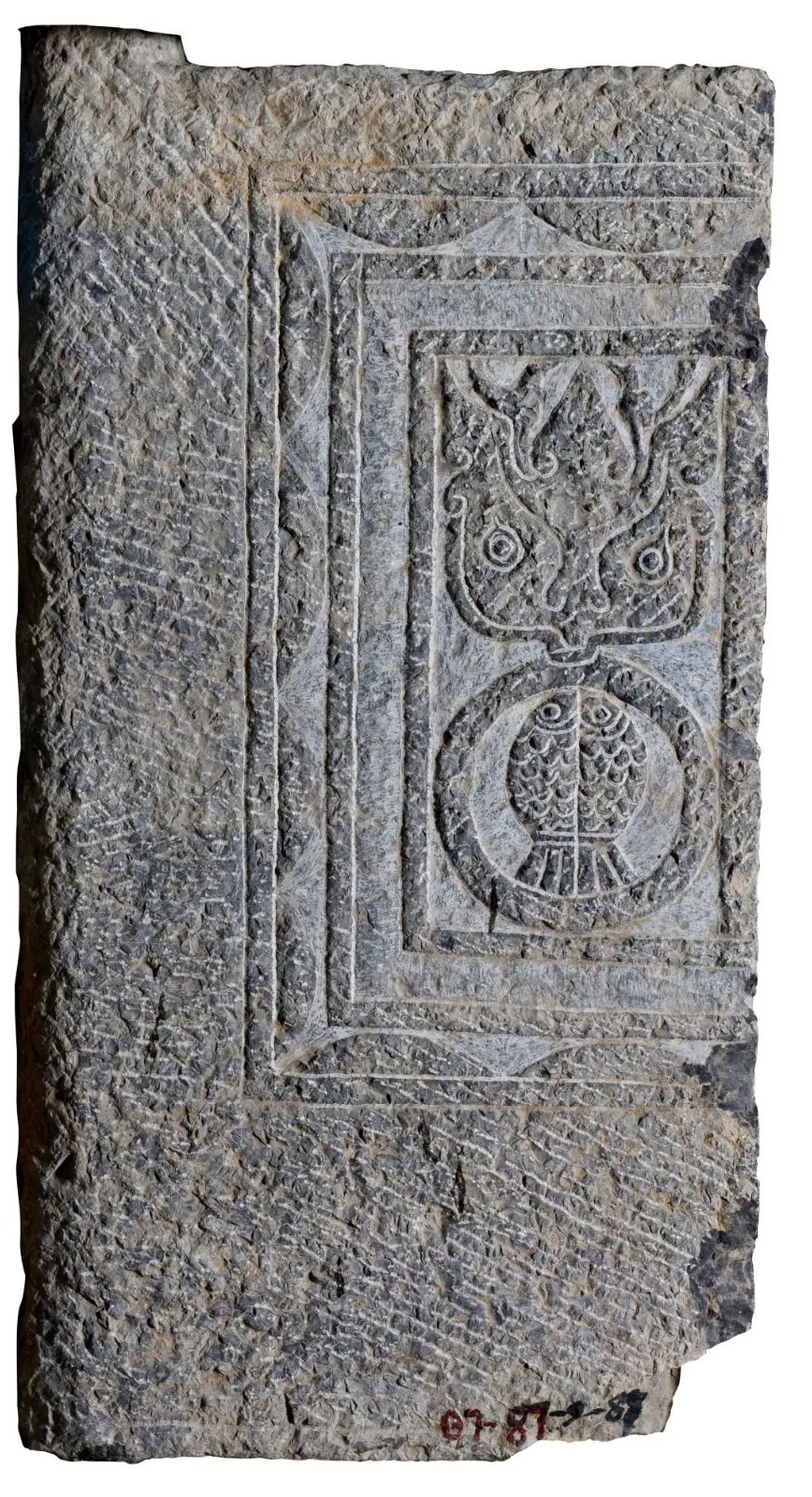Han Dynasty stone Inscriptions in Xuzhou -- laying the first title ring

Pu shou is a kind of ring ornaments on the door, most of which are in the shape of a ring. Pu shou title ring originated from ancient times and is a decorative symbol with totem meaning. A similar image appears in the Jade Cong of Liangzhu culture. The main image in the ring is the "taotie" decoration on the shang and Zhou bronzes. The word "taotie" is first seen in lu's Spring and Autumn Annals · First knowledge overview: "Zhou Ding cast taotie, first without a body, cannibalism did not swallow, harm and its body, to report more also." "Taotie" is one of the nine sons of the legendary dragon, standing on the lid of the tripod, because of its ferocious appearance and gluttony, it is carved on the door, can play a role in warding off evil spirits, is to drive away evil spirits, protect the house, protect the peace, help utility, is one of the most popular gods in the folk.
Pu shou title ring is the door god beast of the Han Dynasty. The door god is the god of guarding the door or the god of guarding the door. When primitive people believed in the concept of animism, the sacrifice to the door god came into being. In the Zhou Dynasty, there was the custom of offering sacrifices to the gate, offering sacrifices to virtue. The sacrificial gate refers to the worship of the door god, which fully illustrates the importance of the worship of the door god in the Han Dynasty society. When the significance of "pu shou" was enlarged, pu Shou title ring was not only engraved on the tomb door, it can be engraved in stone que, ancestral temple, tomb any position.
Shop in han dynasty, the first title ring type is more, living in painting, sculpture, and instruments in the shop has a different shape of the first, it includes the beast, face two major types, because the shop is the first title ring is an infinitely exaggerated image, each region, spread the image of the first title ring is not the same in different periods, it is difficult to find out the changing rule of the meantime. Therefore, they are generally depicted as ferocious animal heads. In Xuzhou Han stone statues, the most common pattern is "covering the head and holding the ring". This "ferocious beauty" becomes the most representative pattern in Han stone statues, which can suppress evil, bless peace and bring good luck.